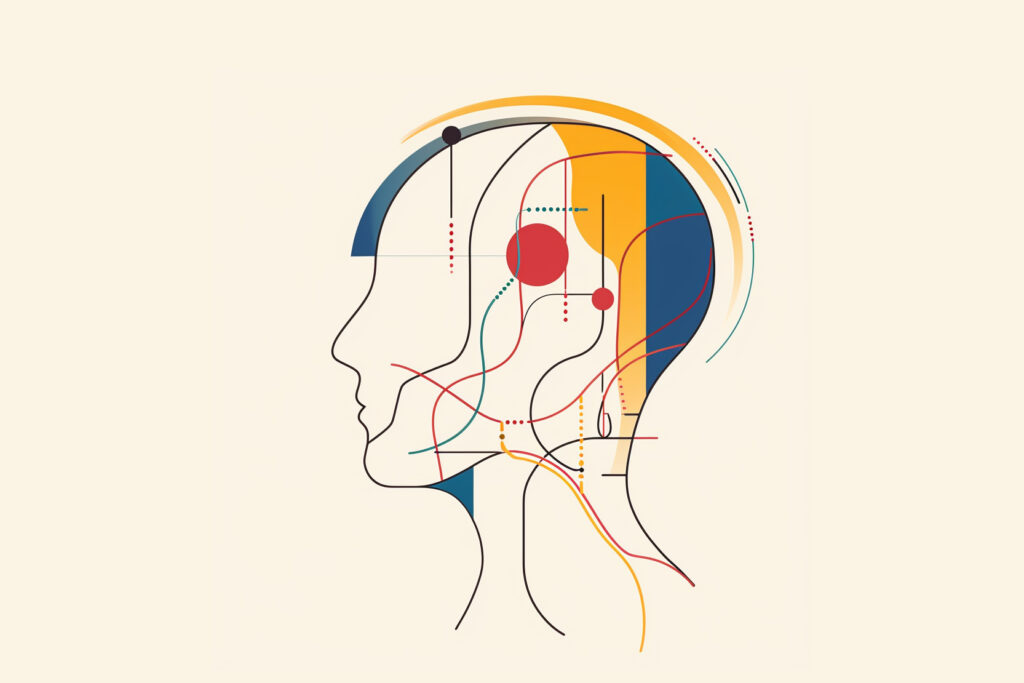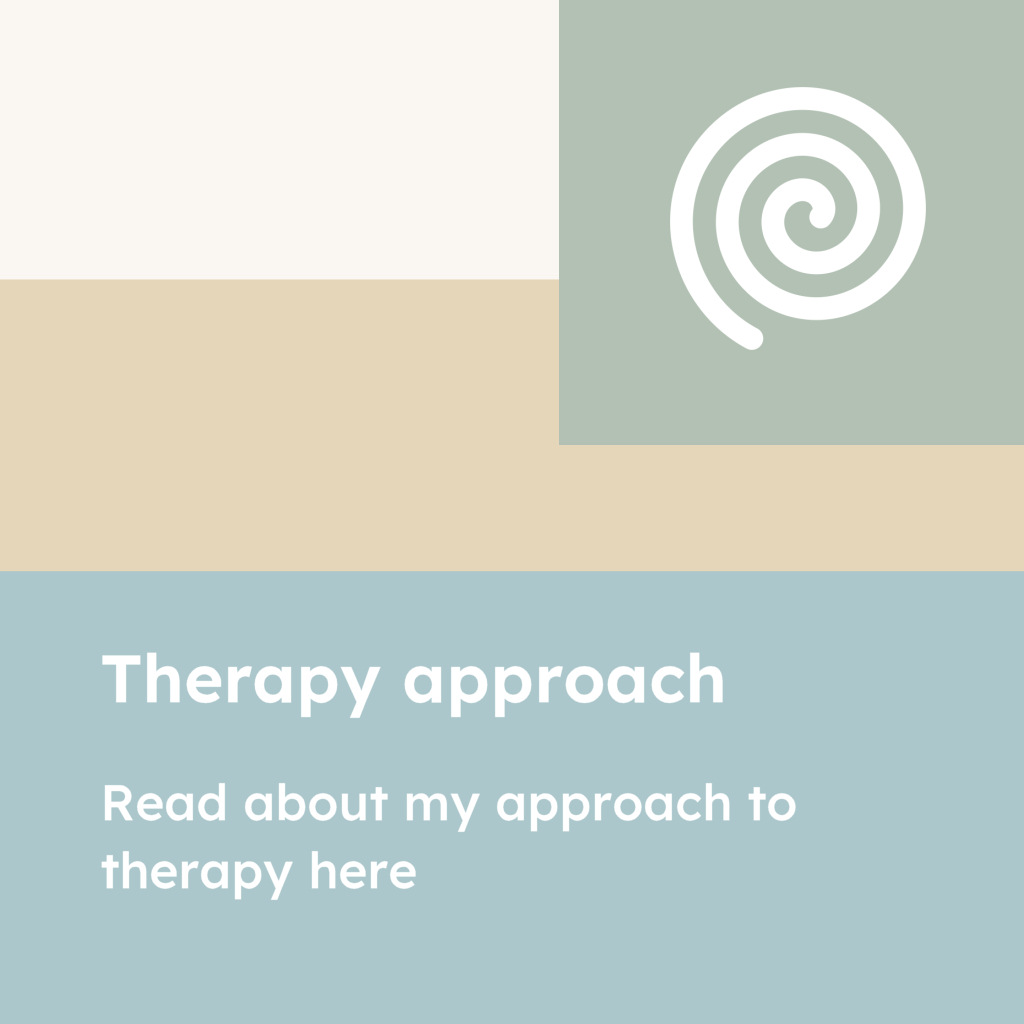Intrusive memories are a symptom of post-traumatic stress
Traumatic memories are intrusive. They can let us know that something bad is about to happen. But they are no longer useful if the warning we get happens constantly, as an alarm system that goes off all the time. Intrusive memories can be distressing and disruptive—they are one of the symptoms of post-traumatic stress.
We experience intrusive memories in the form of flashbacks, nightmares, and images. They do not show up as something from the past, but are instead felt as some kind of threat in the present. Intrusive memories are vivid and powerful, as not just images are involuntarily recalled. People can also re-experience sounds, smells, tastes, and bodily sensations that accompanied the traumatic event. For example, a person who had a serious automobile accident, may likely have intrusive memories about dust, smoke, objects flying, and the loud bang of the airbag deploying. A sexual assault survivor may have intrusive memories that replay in the mind the place where the assault took place—a wallpaper color, the music that was playing in the TV, or the smell in the room.
Traumatic memories have a different brain signature when compared with other types of memories, even sad memories. Especially, it seems that the hippocampus, a region of the brain that is associated with memory formation and memory retrieval, among other functions, does not activate when a traumatic memory is recalled. A recent study published by a group of researchers in the journal Nature Neuroscience convincingly shows that traumatic memories have their own neural mechanism. In other words, traumatic memories engage a different area of the brain — the posterior cingulate cortex (PCC), one of the least understood regions of the cerebral cortex. We do know, however, that the PCC is involved in internally directed thought, like introspection or daydreaming. The more severe the person’s symptoms are, the more activity appears in the PCC when the person recalls the traumatic event.
Over time, some traumatic images will lessen in intensity. In a study of motor vehicle accidents, 76 percent of people had intrusive memories in the first few weeks, dropping to 25 percent at 3 months, and 24 percent at 1 year. But other intrusive memories will linger for years and even decades after the traumatic event—potentially acting as a driver of other trauma symptoms, such as avoidance, negative alterations in cognitions and mood, and hyperarousal. It is also clear that intrusive memories can even compromise the ability to engage in activities that might be helpful for recovery, such as seeking social support or accessing medical care.
In technical terms, revisiting a traumatic memory in psychotherapy helps construct a memory that can be organized and consolidated into the hippocampus, thus losing its ever-present hold on the victim. To put it simply, psychotherapy transforms traumatic memories into sad memories. Ultimately, it becomes a memory—not something dark and overwhelming replaying in our minds over and over again.






